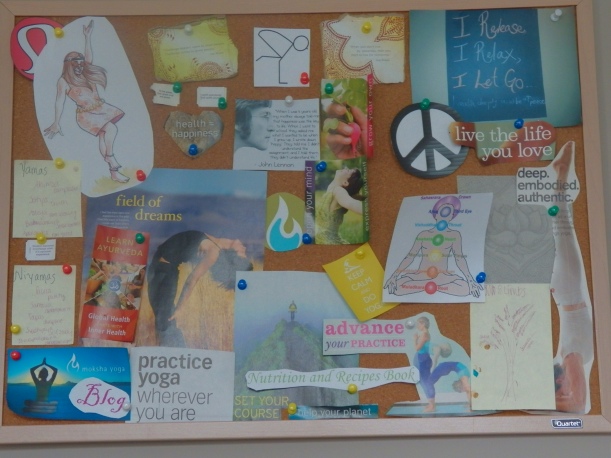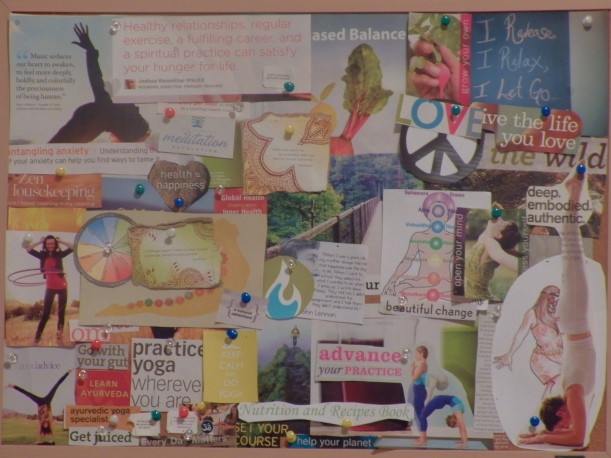 A few weeks ago I started back to work after the summer break. We had moved, my daughter was now in preschool and I had a brand new office I was getting set up. I had a new caseload for work and I was creating a more expanded schedule than the year before. There was time built into my schedule for lunch each day. I also planned flex time in the mornings and afternoons, to prepare for the day. This included self-care such as meditation or yoga or a walk outside. My daily SLP self-care routines had become pretty important to me for a few reasons.
A few weeks ago I started back to work after the summer break. We had moved, my daughter was now in preschool and I had a brand new office I was getting set up. I had a new caseload for work and I was creating a more expanded schedule than the year before. There was time built into my schedule for lunch each day. I also planned flex time in the mornings and afternoons, to prepare for the day. This included self-care such as meditation or yoga or a walk outside. My daily SLP self-care routines had become pretty important to me for a few reasons.
- My anxiety had increased with the stress of the move. I could feel it creeping up and needed time to myself to breath and relax again
- Yoga and hiking were good for my body and mind, since they helped me work up a sweat. They also give me time to reflect on a mat or in nature.
- Meditation was good for my brain. Not only was meditation good for easing some anxiety, it is also said to be great for preventative health care. I have a few family members with dementia and meditation has been shown to help maintain and improve your brain function.
It seemed perfect until reality hit. There would never be a day with a “perfect” schedule for all the SLP self-care things I wanted or needed to do. There would be mornings that didn’t run smoothly and I would use up all of that extra time on other things. I would have days with a gazillion emails that needed to be sent or the dogs would need to go out again. I would forget I was supposed to prep dinner a few hours early. They were all normal things, but at times really seemed to pile up.
I was feeling super rushed one week in particular. My morning had been hijacked by clients calling with scheduling issues. I was running late for work and not able to find the breakfast I wanted. In the afternoon, I was out walking the dogs, thinking about how if they hurried, I ‘d have 5 minutes to pee, make tea and get settled before my next session Then I would be able to squeeze in my daily meditation right after work and before my family arrived home. If I planned everything just perfectly, I’d be able to make it all happen, as long as not one thing fell out-of-place. Then it hit me. I was starting to find myself stressed about squeezing in my SLP self-care – the thing that was supposed to help me manage stress.
Have you ever had one of those moments, where it seemed like everything you were doing to feel better or do better was absolutely futile?
If you feel that way often, you might too be finding yourself stressed over your personal self-care routine. You might be constantly stressing about how to not stress or worrying over how much self-care practices you can actually get in during one day. You may even be pushing to make it all happen, despite your crazy work schedule.
There are a few reasons this could be happening and a few things you can do to make it better.
Here is What to do When Your SLP Self-Care Gets Stressful:
- Check Your Schedule: If you feel like you are struggling to squeeze in your self-care practice into your already jam packed schedule, your schedule itself might be to blame. When we are stressed, we often start adding things into our day that are supposed to help us release stress. But if your schedule is already packed, adding in one more thing might make your stress levels skyrocket. Instead, try to look at your schedule and see where you can make an adjustment or find some time that you didn’t realize was there. You might notice you have a break after work or before bedtime, but tend to go on Facebook or Instagram. Instead, do your practice first, then hop on the social media sites.
- Change your work: Often we blame work for being the main thing that takes up all of our time and stops us from taking time for ourselves. If your work schedule is out of control, you might need to see how you can reorganize or prioritize it. Look at how you start your day and end your day, and when you actually arrive and leave. Look at any gaps in your day. Where you might be able to consolidate some activities you have planned? You’ll find your schedule might be a little lighter. This will automatically help you reduce stress, as well as find time to fit in your self-care routine.
- Change your self-care: You don’t have to do it all, all of the time. Even just 5 minutes of self-care can make a huge difference in balancing your life. If you notice that you are overwhelmed because you can’t fit all of your self-care routines into your day, it might be best to cut back a bit. While meditation, yoga, candle lit baths and a good book are all worthy rituals, trying to squeeze them all into one day might not leave you room to actually relax, breathe and let go of stress. Instead of cramming them all in, pick one or two that seem important on that day. You might find that you have more time to enjoy the practice, instead of just checking off an item from your self-care to-do list.
Just like with your SLP self-care routine, try choosing just one of these to implement. If it works, stick with it. If it doesn’t try another. Find what works right for you and keep it simple. For a few ideas, join the SLP Toolbox, featuring several simple self-care practices.
You can also check out these CEU/CMH Professional Development Webinars:
Have you found an SLP self-care routine that works or ever been stressed out over it? Leave a comment below and share what you do or how you need help doing it better.
Much Love,














 A few weeks ago I started back to work after the summer break. We had moved, my daughter was now in preschool and I had a brand new office I was getting set up. I had a new caseload for work and I was creating a more expanded schedule than the year before. There was time built into my schedule for lunch each day. I also planned flex time in the mornings and afternoons, to prepare for the day. This included self-care such as meditation or yoga or a walk outside. My daily SLP self-care routines had become pretty important to me for a few reasons.
A few weeks ago I started back to work after the summer break. We had moved, my daughter was now in preschool and I had a brand new office I was getting set up. I had a new caseload for work and I was creating a more expanded schedule than the year before. There was time built into my schedule for lunch each day. I also planned flex time in the mornings and afternoons, to prepare for the day. This included self-care such as meditation or yoga or a walk outside. My daily SLP self-care routines had become pretty important to me for a few reasons.